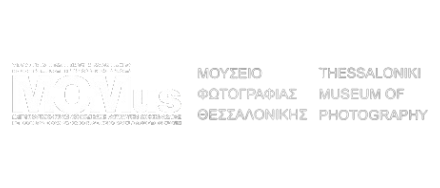THESSALONIKI PHOTOBIENNALE 2023
THESSALONIKI PHOTOBIENNALE 2023
THESSALONIKI PHOTOBIENNALE 2023
THESSALONIKI PHOTOBIENNALE 2023
THESSALONIKI PHOTOBIENNALE 2023
Previous slide
Next slide


Copyright 2023 PhotoBiennale © | Designed & Developed by Cactus